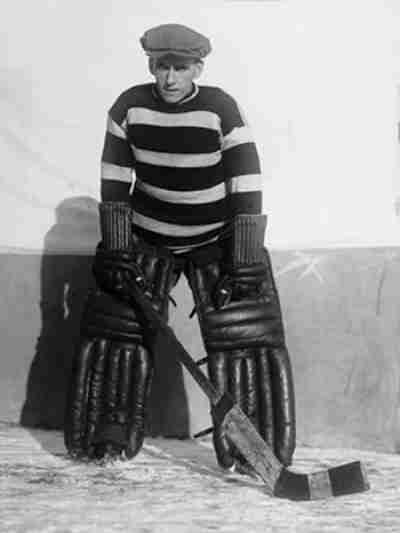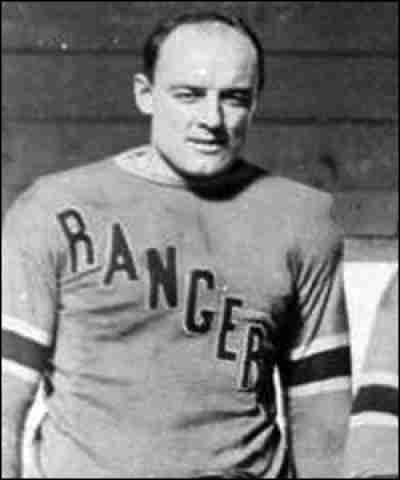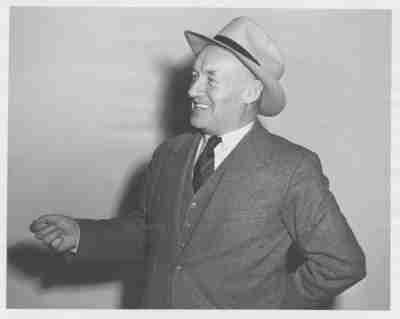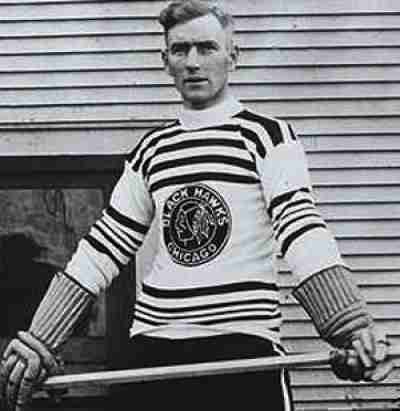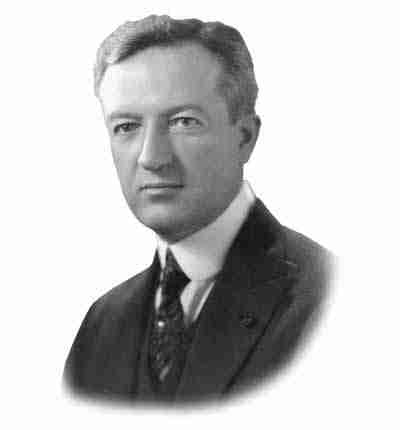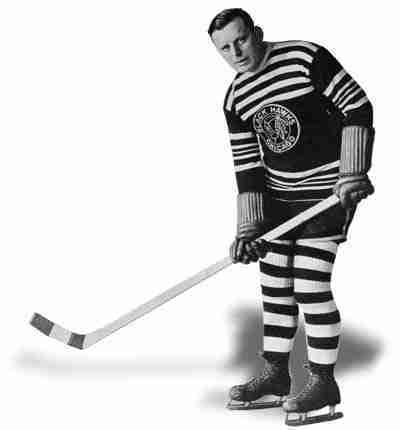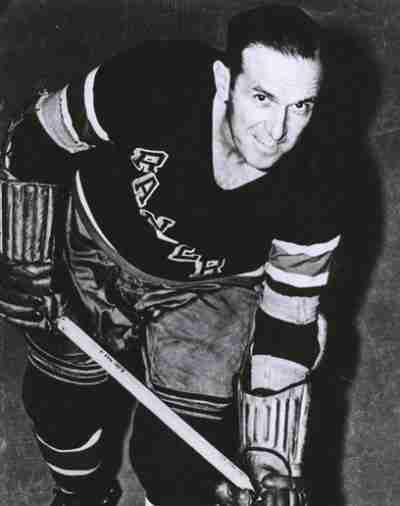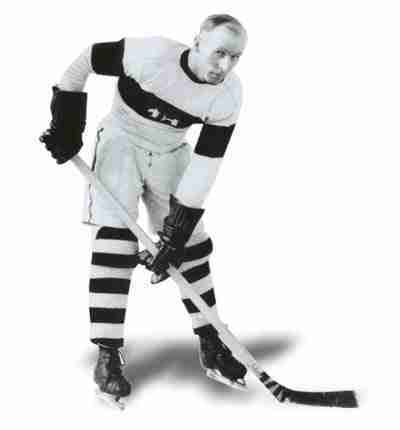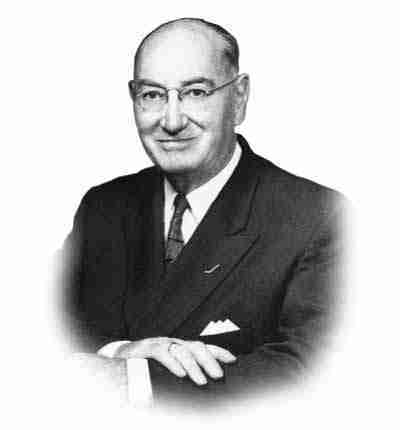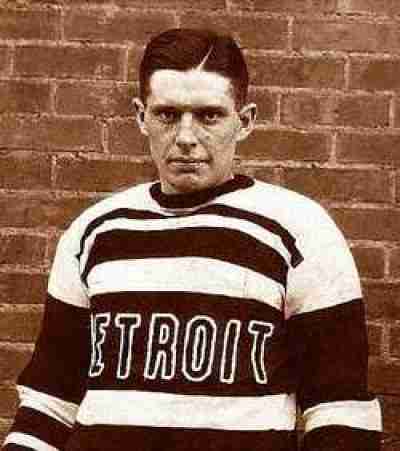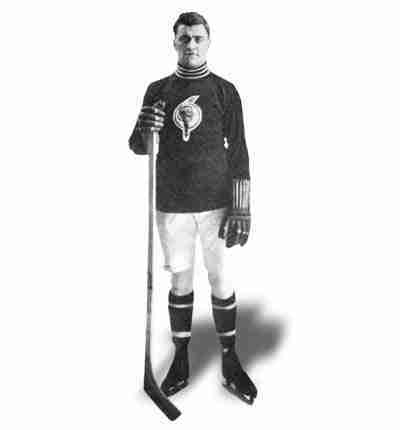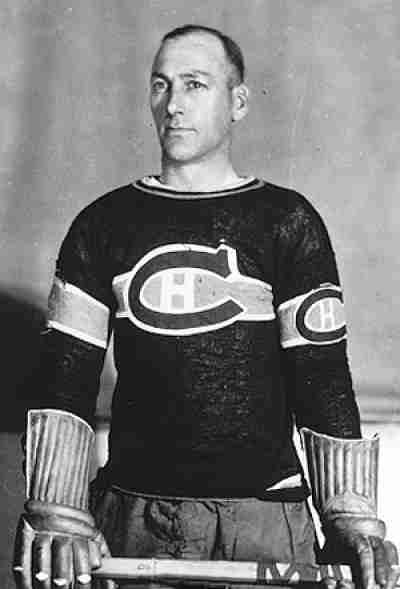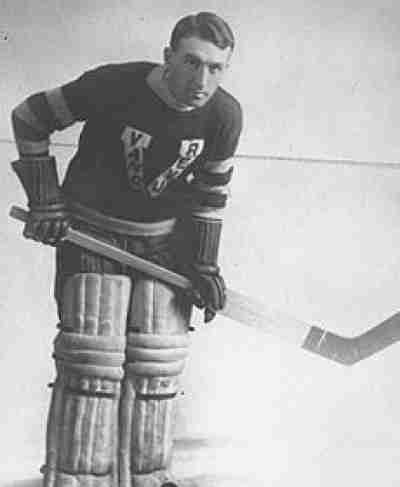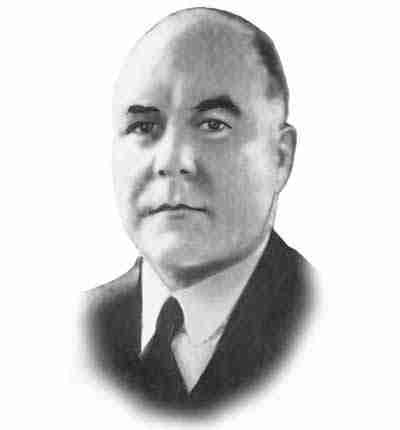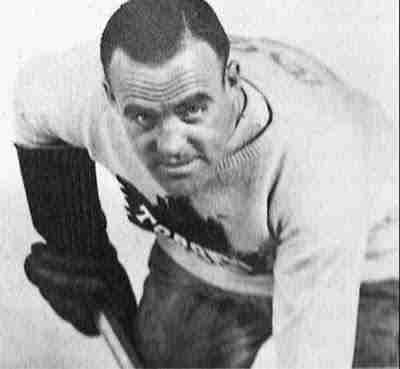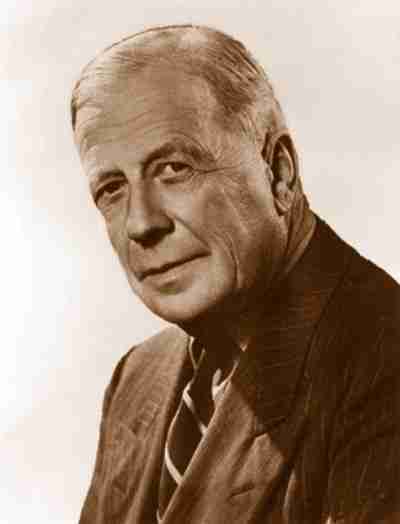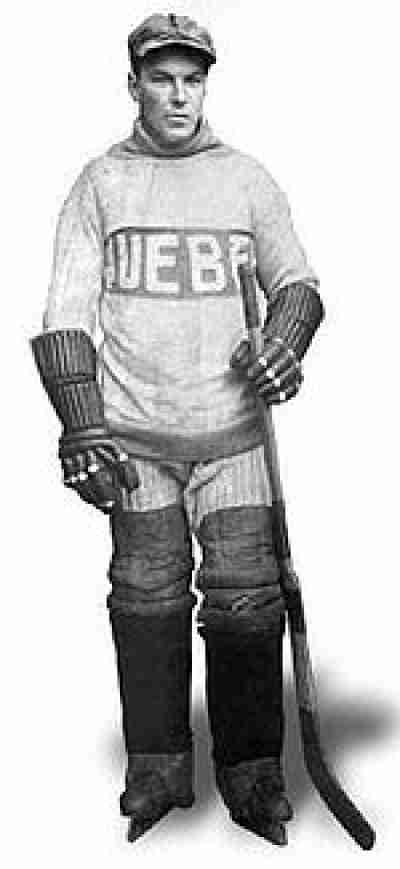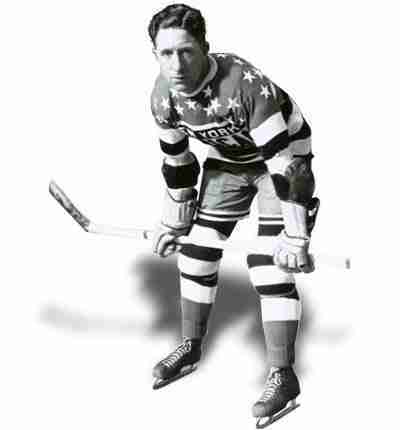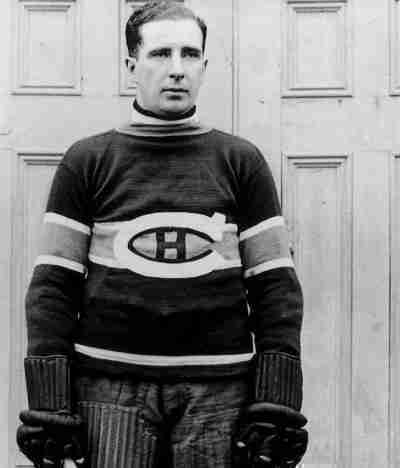1958 Hockey Inductees
The Hockey Hall of Fame took six years off from inductions to return in 1958 with a massive group of twenty players and builders. Why they could not have spread this group out over the previous years was puzzling, especially considering that this group largely consisted of players long since eligible based on the Hall’s bylaws. From here on in, they would induct classes annually, but it would still be many years until a cohesive induction pattern would emerge.
Nicknamed the “Ottawa Fireman” (Again, where are these cool nicknames today?) Alec Connell was a star Goaltender whose legacy might be higher had any of the teams he played on remained in the NHL with their original names (we are not counting the Senators who was resurrected scores later with the same name). Connell would backstop two squads (Ottawa in 1927, and the Montreal Maroons in…
An inaugural member of the New York Rangers, Ivan “Ching” Johnson may not have been the best athlete in hockey (in fact he was far from it), but he mastered the art of defensive hockey with punishing body checks and slowing down offensive skaters with subtle clutching. Johnson was not paid to score (which is good, as he didn’t often) but his defensive acumen had few…
After building the New York Rangers and developing a core that would become the Stanley Cup Champions, Conn Smythe bought the Toronto St. Pats and renamed them the Maple Leafs. The franchise would see their greatest success under Smythe’s ownership and he also financed Maple Leaf Gardens. It is likely that fans of the Buds probably wished that Smythe would have developed an elixir for immortality…
When most hockey fans hear the name of Dick Irvin, they usually think of the legendary broadcaster. However, it was his father (who bore the same name) who was the on ice star.
A wealthy Canadian who would become a Senator, Donat Raymond’s contribution to Hockey was the formation of the Canadian Arena Company which was responsible for constructing the legendary Montreal Forum. Basically, this is the main reason he got inducted in the Builders Category in the Hockey Hall of Fame. This might be one of the Hall’s weaker inductions.
Best known for becoming a First Team All Star in the five years of the Western Canadian Hockey League’s existence, Duke Keats was a gifted offensive player in his prime. Keats may have had his best season out West, but he did eventually make his way to the NHL and held his own. Keats induction to the Hall is predominantly based on his work in the…
Landing with the New York Rangers after the demise of the PCHL may have been the best thing to happen to Frank Boucher. He immediately centered the Cook brothers (Bill & Bun) to form the “Bread Line” which was one of the most productive of the era. In addition to being a gifted playmaker (he led the NHL in assists three times) Boucher was a…
“Frank the Flash” Foyston was a natural sniper who was one of the first players (only ten ever have) to hoist the Stanley Cup with three different teams. A very capable goal scorer, Foyston was one of the first to net 200 goals in a professional career, and his versatility enabled him to be an asset for numerous squads. Although he may not be someone who…
In can be easily stated that Frank Fredrickson’s Hall of Fame resume; is equal parts amateur and professional. As an amateur player, Fredrickson led his Winnipeg Falcons to the Allan Cup and subsequently the Gold Medal in the Olympics in Antwerp in 1920. He would later go west and turn professional and would become a big part of the Victoria Cougars team that won the…
Enshrined in the Builders Category, George Dudley was inducted for his behind the scenes work on behalf of Amateur Hockey in Canada. His initial contributions were for the Ontario Hockey Association serving in various capacities until he became its President in 1934. He would hold that post for two years and then become the organizations Secretary until his death in 1960. Dudley would also become the President…
A perennial All Star in the Western Canadian Hockey League, the diminutive George Hay was adept at putting the puck into the net. Although he was still a decent scorer when he got into the National Hockey League, he only had a pair of seasons where he was in the top ten in scoring. Still his overall body of work made him a worthy entry for…
A large and rugged defenseman, George McNamara bounced around many teams pounding down offensive threats in his end. McNamara helped the Toronto Blueshirts win the Stanley Cup in 1914 and had it not been for his participation in World War I, may have won more. With that said, and with all due respect to McNamara, his induction would not have been missed had it not occurred.
Herb Gardiner did not enter the National Hockey League until he was 35 years old. It was not because he wasn’t good enough, as he certainly was, but in the early 20’s, Hockey had multiple talented leagues and he chose to ply his trade for the Western Canadian Hockey League and was the defensive star for the Calgary Tigers and won the league title there in…
A longtime goaltender in Vancouver’s early history of hockey, Hughie “Old Eagle Eyes” Lehman appeared in eight Stanley Cup championships, although he only won once. Regardless of his poor finals record, Hughie Lehman was a still a very good backstopper who is credited for being the first to rush outside of his net and move the puck forward in what was then an unconventional way. Lehman did…
A hockey enthusiast from a very wealthy family, James E. Norris attempted to put a second team in Chicago but after that failed he bought the Detroit Falcons and rechristened them the Red Wings and turned that team into a National Hockey League power. This was at an essential time as the strength of that club countered the folding of franchises in Ottawa and Montreal (Maroons),…
King Clancy’s overall career in hockey is staggering. A very good defenceman for the Ottawa Senators and the Toronto Maple Leafs, Clancy was a three time Stanley Cup winner and a four time Post Season All Star (two on the first team, two on the second) and was a fan favorite for his tenacious and feisty play. After his career on the ice ended, he…
Lloyd Turner may not have been a great hockey player, but he did everything he could to expand the game that he loved. Turner started two teams in Calgary and Edmonton which would become the foundation for the Western Canada Hockey League and would manage multiple teams in the area. Subsequently, he would build rinks across the country further enabling the growth of the game. Later,…
The first few seasons of Paddy Moran may not have been the most productive, but as his career progressed, Moran became known as a clutch goaltender and he backstopped the Quebec Bulldogs to two Stanley Cups in 1912 & 1913. Generally though, Moran was not on a lot of winning squads and it was his clutch performances in big games that got him enshrined. A similar…
Okay….we are a little befuddled by this one. Red Dutton was certainly a good player (to us, anyone who makes the National Hockey League regardless of the era is a decent hockey player) but was he a Hall of Famer? At no point did Dutton ever win a championship or lead the league in any category other than Penalty Minutes. Nor was Dutton a part of…
Sprague Cleghorn was not just a talented skill player with the puck; he was a feared defender who some called the dirtiest of his era. Regardless, of what label he had, he was a Hall of Famer in every capacity. The punishing Cleghorn was a vital part of two Stanley Cup wins for the Ottawa Senators and later two for the Canadians. Cleghorn was a rough…


